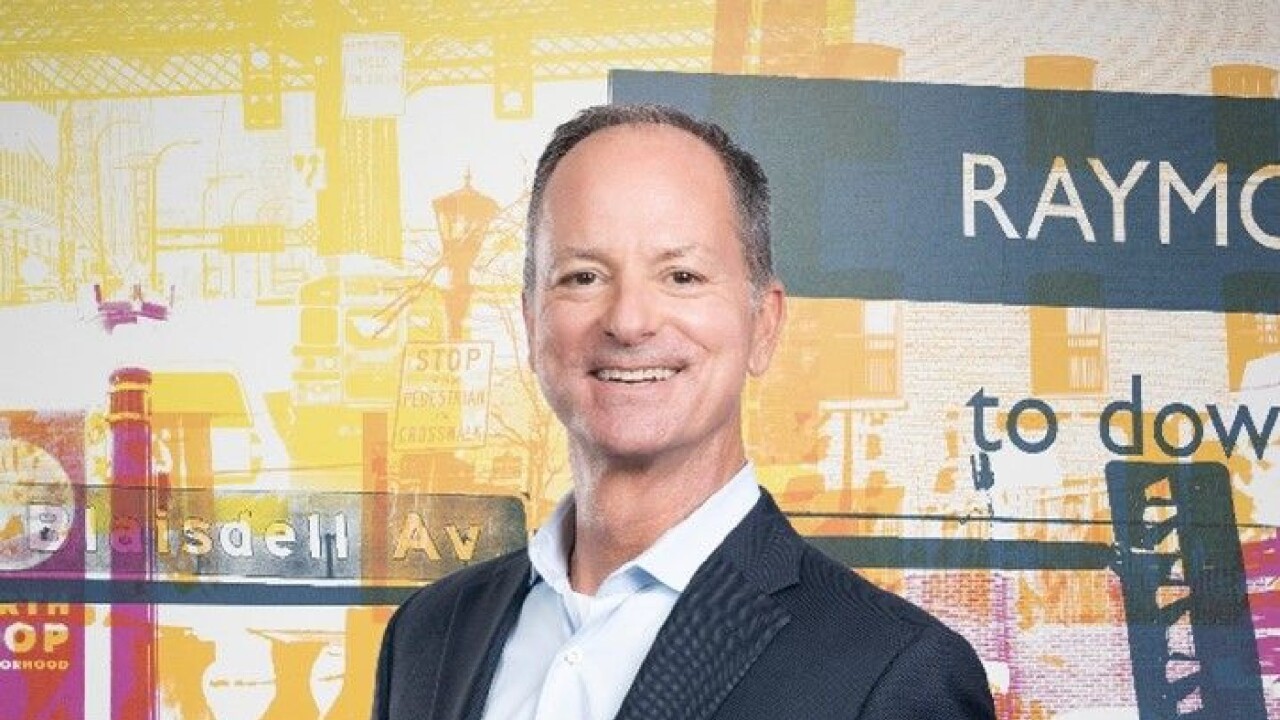
The Biden administration is
When the federal government created the Federal Home Loan banks in the early 1930s, the intention was to support home lending to U.S. households. The collapse of the savings and loan industry in the late 1980s spurred significant changes in the system, which shifted its focus away from housing. With the implicit endorsement of the government, this trillion-dollar private group of wholesale banks continues to raise enormous sums of cheap money on the credit markets and in turn sells those funds to U.S. financial institutions of all sizes. But while they prefer as a government-sponsored enterprise (GSE) to keep the phrase "Home Loan" in their name, it's actually impossible to know whether or not their business indeed supports affordable housing. That's the question being asked by the Federal Home Loan banks' regulator, the Federal Housing Finance Agency (FHFA) in its
It is an essential question to raise. The U.S. faces a widespread and persistent lack of affordable housing. This broad crisis is affecting the well-being and welfare of households of all incomes and ages. If the government is to continue providing extraordinary advantages to an ostensibly housing-related system of banks, as well as to its private shareholders, should regulators explore ways to put those benefits to the best use of Americans in a time of great need?
In describing the challenges to housing affordability that homebuyers and renters face all across the country, the FHFA bluntly cites "rising rents and interest rates, high construction costs, increasing house prices and limited housing supply." Following a yearlong process of public meetings and comment, the agency last month released a set of recommendations on how the Federal Home Loan banks could be more focused on housing. In the report, the agency stated that it "plans to develop a clear mission statement for the Home Loan banks that explicitly incorporates the following core objectives: (i) provide liquidity to members; and (ii) support housing and community development."
Fundamentally, FHFA Director Sandra Thompson is considering new policies designed to correct the current mismatch between the advantages the Federal Home Loan banks receive as GSEs and what they accomplish toward serving the nation's housing needs. The implied federal guarantee of the debt they raise in the global markets allows them to make loans (called "advances") to banks and credit unions and insurance companies who then use the money as a source of inexpensive liquidity for general, unspecified purposes. Located in 11 different regions throughout the country, the Federal Home Loan banks are exempt from federal, state and local income taxes. The arrangement is also very profitable to member banks through the dividends (aka profit-sharing) they receive. The FHFA report states, "The Federal Home Loan banks distribute a significant amount of earnings in the form of dividends every year. The System paid out an average of $1.3 billion in dividends each year from 2020 to 2022 and paid out $1.5 billion in the first half of 2023."
A Connecticut-based couple sued the bank and Cavanaugh Appraisals, LLC for denying them a refinance in 2021 because of racial bias.
The Federal Home Loan banks have wasted no time in their resistance to FHFA's recommendations. Their message in these pages and elsewhere has essentially boiled down to "Move along, nothing to see here." The chief executive of their own trade association has said the principles laid out in FHFA's report
In the days following the release of the FHFA report, Council of Federal Home Loan banks CEO Ryan Donovan continued to employ his board's traditional rhetoric that emphasizes how much smaller banks rely on Home Loan bank advances. The system has long shrouded itself in the mantle of service to smaller community banks which have few alternative sources of liquidity beyond deposits.
This may be true, as Director Thompson has acknowledged. But this as an argument against reform becomes hard to defend when large banks dominate Home Loan bank membership and the use of advances. Until its collapse, Silicon Valley Bank was the Federal Home Loan Bank of San Francisco's largest shareholder and borrower. In 2022, fully 32% of the San Francisco bank's advances were to SVB, primarily a crypto lender, and to First Republic,
It's clear where the Federal Home Loan banks' priorities lie. Laid out in black and white, their 2021 SEC annual financial statement states, "The Federal Home Loan banks seek to manage their primary objective of fulfilling their public purpose by enhancing the value of membership for member institutions. The value of membership includes access to readily available credit and other services from the Federal Home Loan banks and the value of the cost differential between an FHLBank's advances and other potential sources of funds, as well as the potential for dividends received on a member's investment in an FHLBank's capital stock." Apparently, advancing the mission to promote affordable housing and community development did not make the cut when filing an official public statement with their financial regulator.
FHFA's report calls for the Federal Home Loan banks to demonstrate a much closer nexus between the low-cost liquidity they sell to their members and the housing market their name implies are chartered to support. The times require a hard look at how these GSEs move forward as an important mechanism of national housing policy. Their current intransigence toward their regulator's recommendations does not serve their long-term viability, nor the urgent needs of America's homebuyers and renters.






